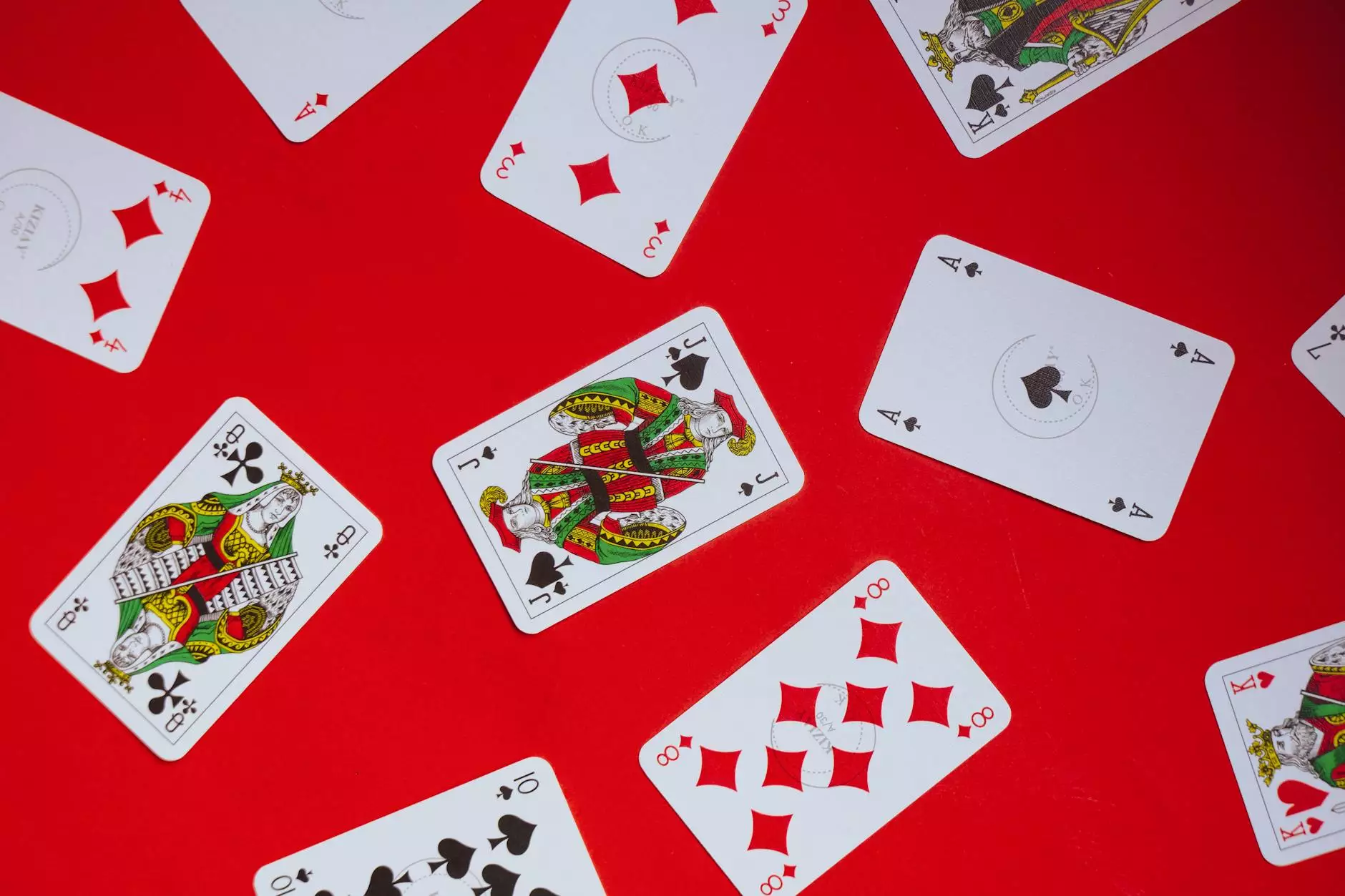The Allure of Baccarat: A Deep Dive into the Game and Its Business Potential

Baccarat, a card game that has captivated players for centuries, originated in Italy. Characterized by its elegance and simplicity, baccarat has evolved into a staple in casinos worldwide, particularly known for its distinguished presence in high-stakes gaming environments. In this article, we will explore the rich history of baccarat, how to play, strategic insights, and the significant business opportunities it presents in the casino industry. Join us as we journey through the fascinating world of baccarat.
1. The Historical Background of Baccarat
Understanding the roots of baccarat enhances our appreciation for the game. The term itself is derived from the Italian word "baccarà," translating to "zero" – a reference to the value of the tens and face cards in the game. Baccarat dates back to the 15th century and was first played in Italy before finding its way to France and then spreading across Europe and beyond.
2. The Evolution of Baccarat Through the Ages
Over the years, baccarat has transformed and branched into several variations, including:
- Baccarat Chemin de Fer - This traditional French version allows players to bet against each other.
- Baccarat Banque - Another French variant, where one player acts as the banker for the entire game.
- Punto Banco - The most popular version played in casinos today, especially in the United States, focusing on betting either on the player's or banker's hand.
3. Rules and Gameplay of Baccarat
The fundamental rules of baccarat are relatively straightforward, making it accessible to newcomers while still exciting for seasoned players. The game is typically played with six to eight decks of cards. Here’s a simplified overview of how the game unfolds:
3.1 Objective of the Game
The primary goal is to predict which hand, either the player's or the banker's, will have a total closer to nine. Players also have the option to bet on a tie.
3.2 Card Values
In baccarat, card values are as follows:
- Aces are worth 1 point.
- Cards 2-9 are worth their face value.
- 10s and face cards (Kings, Queens, Jacks) hold no value (0 points).
3.3 How to Play
1. Players place their bets on one of three options: the Player, the Banker, or a Tie.
2. Two cards are dealt to both the Player and the Banker.
3. If the total is 8 or 9, it is a "natural," and no further cards are drawn.
4. If not, a third card may be drawn according to specific rules, which can vary between the Player and Banker hands.
5. The hand closest to 9 wins!
4. Advanced Strategies for Baccarat Success
While baccarat largely relies on luck, players can employ certain strategies to enhance their gameplay. Here are some effective approaches:
4.1 The Martingale System
This system involves doubling your bet after a loss, allowing you to recover previous losses when you eventually win. However, it requires a substantial bankroll and an awareness of table limits.
4.2 The Paroli System
Opposite to the Martingale, the Paroli system focuses on increasing bets after a win. This strategy aims to maximize profits during winning streaks while minimizing losses.
5. Baccarat's Place in the Casino Business
Baccarat has transcended its origins to become a prominent game in the global casino landscape, particularly in Asian markets. With its high-stakes allure, it generates significant revenue, making it a critical component for casino operators such as Taya365a.net.
5.1 High Rollers and Baccarat
Baccarat tables often attract high rollers due to the large potential payouts. Casinos thrive on this segment as these players can wager thousands, or even millions, on a single hand. Consequently, high-limit baccarat has become a dedicated area within many casinos, featuring luxurious settings and enhanced services.
5.2 The Impact of Online Baccarat
The rise of online gambling platforms has transformed how baccarat is played. Players can now enjoy the game from the comfort of their homes, leading to increased accessibility. Online casinos offer live dealer baccarat, providing an engaging experience that closely mirrors the traditional casino atmosphere.
5.3 Marketing Baccarat to Players
For casino operators, effectively marketing baccarat is essential. Promoting exclusive high-stakes events, tournaments, and personalized player experiences can attract more players. Establishing a club for VIP players can also foster loyalty and repeat visits.
6. The Future of Baccarat in the Casino Industry
As the casino landscape continues to evolve, baccarat remains a game that adapts to changing player preferences and technology. Virtual reality (VR) casinos and advancements in online gaming are set to redefine how baccarat is experienced.
6.1 Technological Innovations
With cutting-edge technology, casinos are likely to incorporate augmented reality (AR) and immersive experiences into baccarat, attracting a younger audience and enhancing the overall gaming experience.
6.2 A Growing Global Appeal
Baccarat's presence in North America and Europe is expanding, particularly among younger players who seek sophisticated gaming options. This shift presents a lucrative opportunity for casinos to cater to this demographic.
Conclusion: Why Baccarat Remains Timeless
Baccarat is more than just a card game; it is a blend of skill, strategy, and luck enveloped in an aura of sophistication. Its historical legacy, combined with its adaptability to modern gaming environments, ensures its place in the thriving casino industry. For players and casino operators alike, the allure of baccarat is undeniable, presenting potential for enjoyment and profitability.
As you delve deeper into the world of baccarat, remember that each game offers a unique experience, teeming with possibilities. Whether you’re a seasoned player or just starting, the fascinating world of baccarat awaits you.









